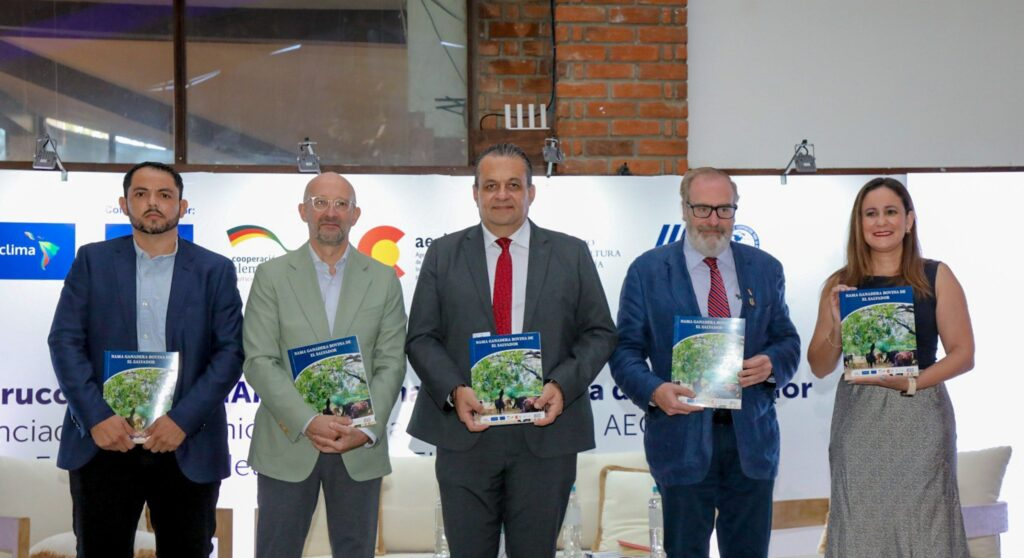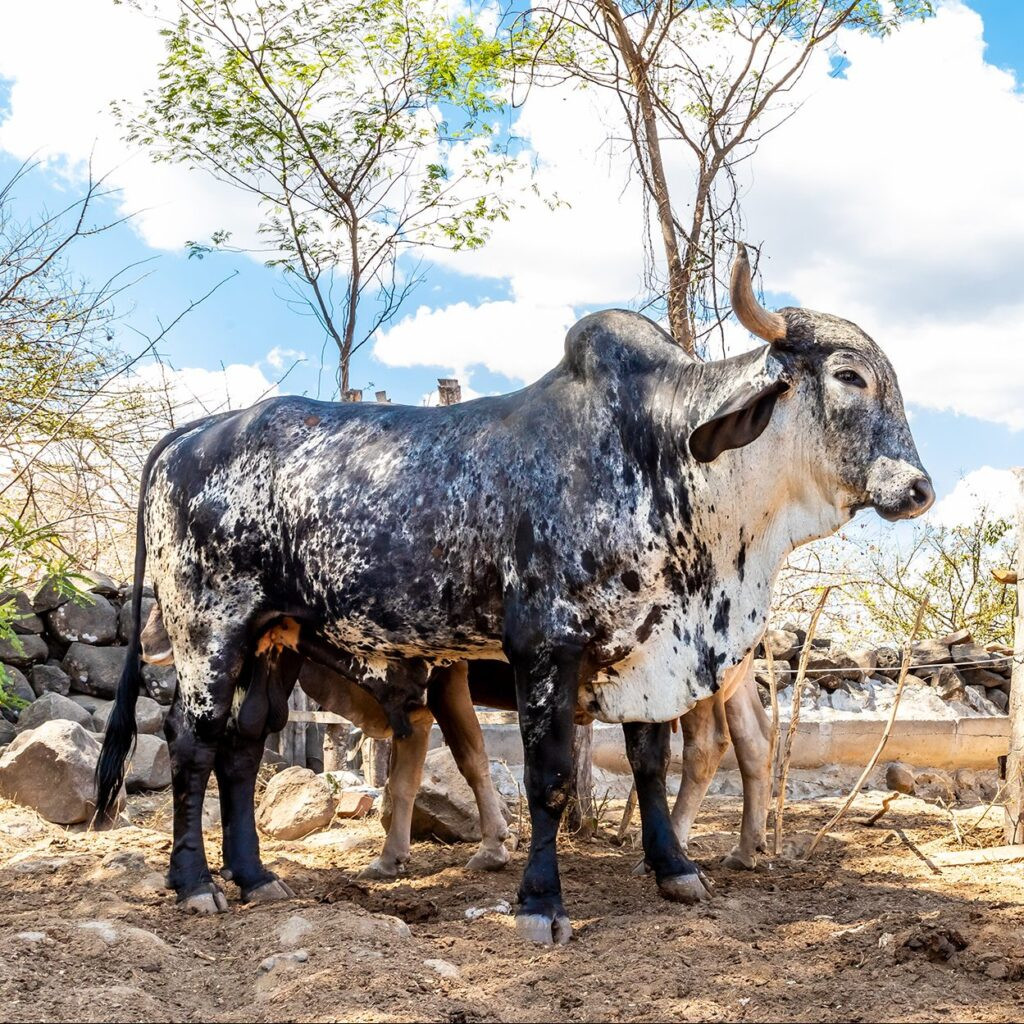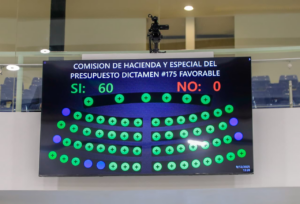
More than 1,600 salvadoran cattle ranchers now produce with a sustainable and emission-reducing approach, optimizing natural resources and improving the quality of life, thanks to the Action to Build the NAMA in Cattle Ranching in El Salvador, of which the project documentation was delivered today, executed by the Inter-American Institute for Cooperación para la Agricultura (IICA) in coordination with the Ministerio de Agricultura y Ganadería (MAG).
Celina Ramírez, one of the beneficiary producers, thanked the technical institutions for the training and the European Union (EU) for the investment of more than US$650,000 for the NAMA, through the Agencia Española de Cooperación Internacional para el desarrollo (AECID) under the EUROCLIMA program. “This project has not only allowed us to learn livestock management practices, but has also given us tools to transform our farms into more sustainable, resilient systems with less environmental impact”, she said.
She also emphasized that: “The training and technical support we have received have been key to changing the way we see livestock farming. I have learned that it is possible to produce quality meat and milk without compromising natural resources. We have adopted measures to improve cattle feeding. This project is just the beginning for El Salvador’s livestock farmers to adopt practices that contribute to sustainable livestock production that protects the environment and ensures the well-being of livestock families”.

The director of livestock of MAG, Marlon Reyes, explained that the government is working to transform the country’s productivity, and the livestock sector is an important link to achieve food security for the population, but with environmental awareness, which is why the Ministerio de Medio Ambiente y Recursos Naturales (MARN) also joined.
He said that MAG technicians trained the beneficiaries to adopt tools such as the establishment of live and forage fences, the proper treatment of manure, the establishment of energy and protein banks, the cultivation and use of improved pastures, the use of probiotics in cattle feed, the rotation and rational use of paddocks and the planting of shade trees.







